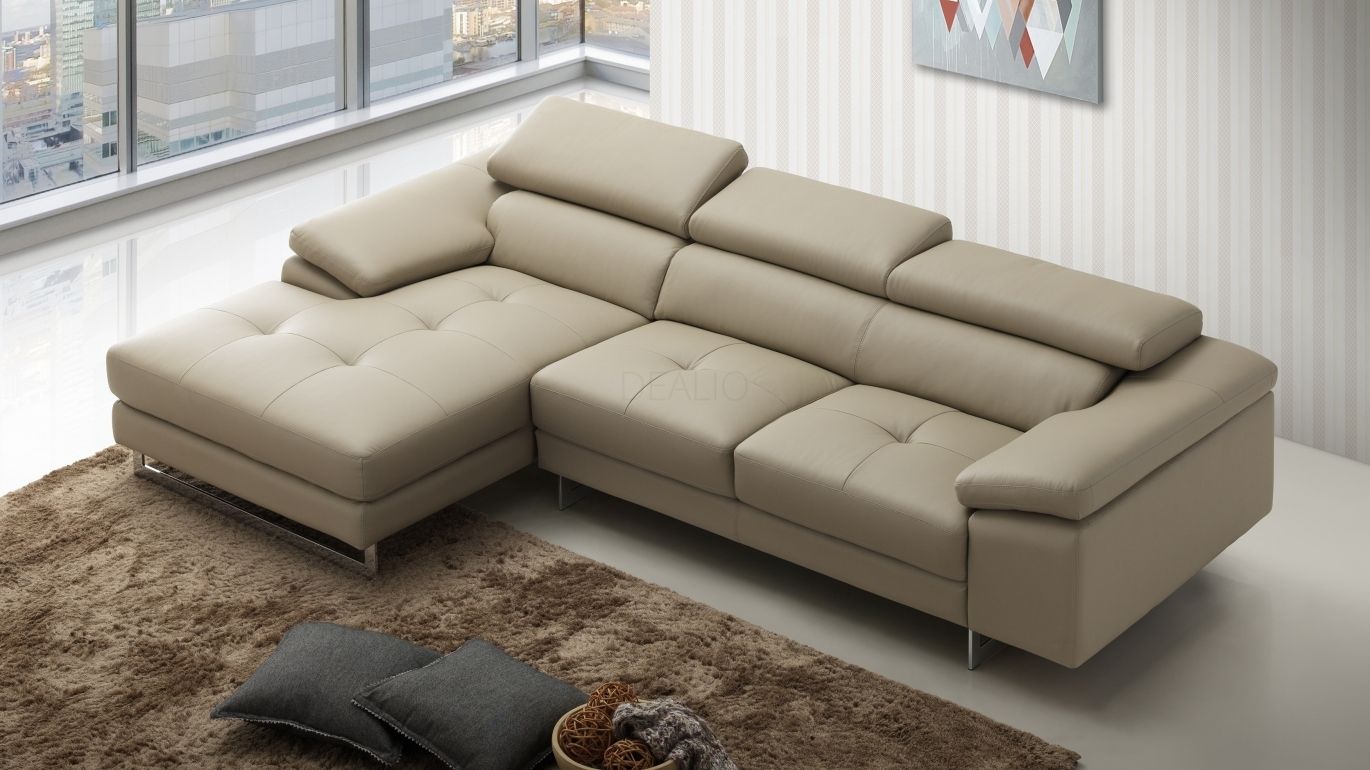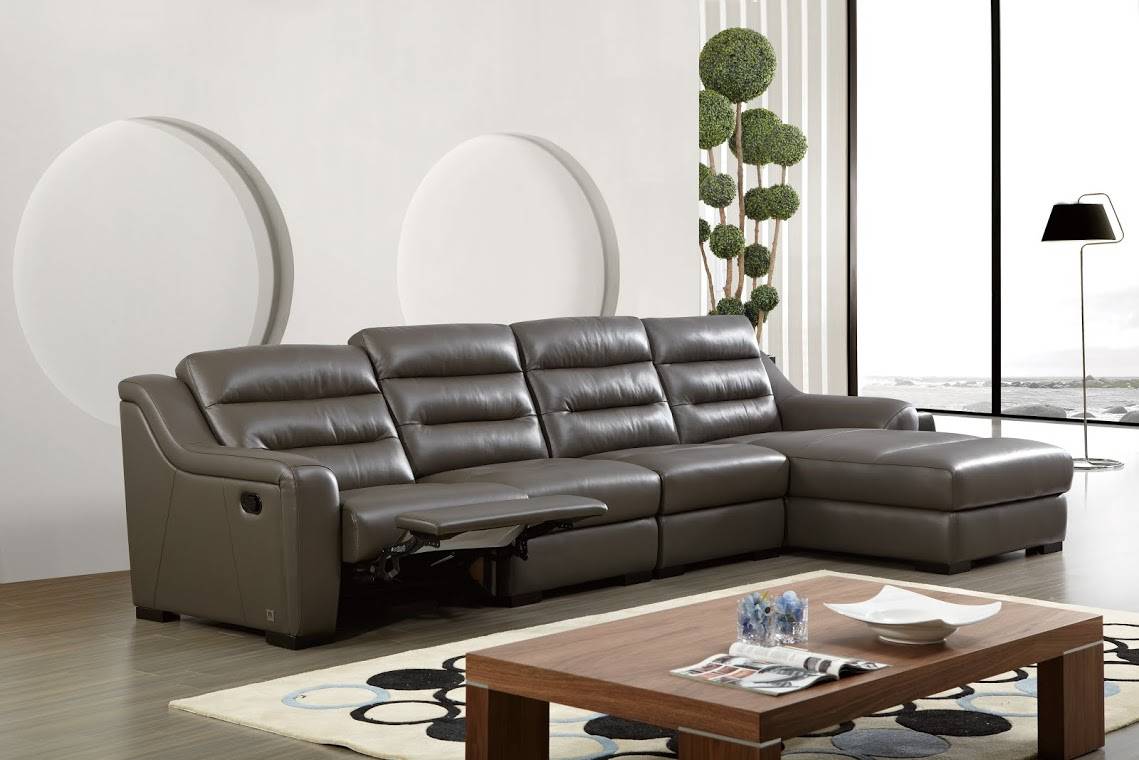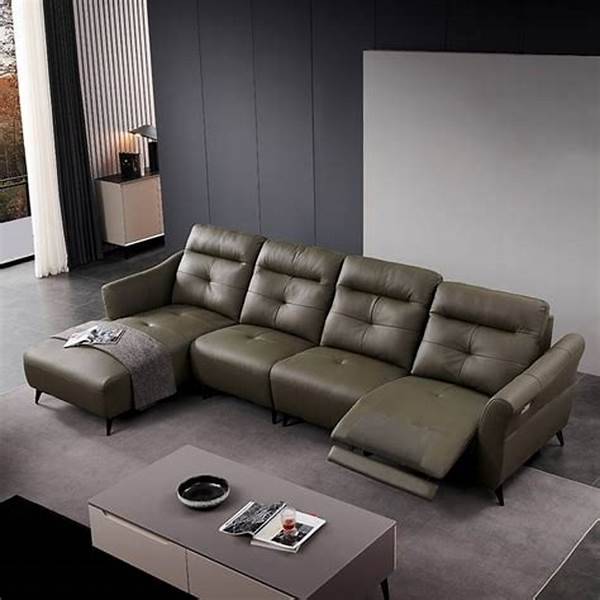With the proper care and maintenance, a high-quality leather sofa can provide decades of enjoyment and retain its beauty over time. There are several factors that determine the usable lifespan of a leather sofa:

1. Invest in Quality Construction
The underlying construction of the sofa impacts its durability and longevity. Seek out these hallmarks of quality:
- Hardwood or marine-grade plywood frame. Avoid particle board frames that can crack and warp.
- Eight-way hand-tied coil spring foundation. Provides better support than webbing.
- Down blend or high-density foam cushions. Holds shape and resiliency better than lower density polyurethane foam.
- Corner blocked joinery and reinforced seams. Prevents loose joints and seam separation.
- Removable seat cushions for cleaning access. Allows vacuuming under cushions to remove grit and dirt.
2. Select Durable, High-Grade Leather
Leather quality greatly affects usable lifespan. Look for:
- Full grain leather from the top layer of cowhide. Most durable option.
- Aniline dyed leather. Develops a beautiful patina but requires more frequent conditioning.
- Protected leather with a finish coating that enables buffing out scratches.
- Leather rated for heavy residential use such as a durable sauvage or Nubuck leather.
Avoid bonded or reconstituted leather which deteriorates quickly.
3. Purchase from Reputable Manufacturers
Seeking out quality brands helps ensure a sofa built to provide at least 10-15 years of use:
- High-end furniture stores specializing in well-constructed pieces.
- Custom furniture workrooms using quality materials and handcrafted construction techniques.
- Brands known for durable frames and premium leathers.
- Made in USA products with available replacement parts.
4. Evaluate Amount of Use
Leather sofas in lightly used formal living rooms or studies will wear slower than those in high traffic family rooms seeing daily use.
Kid and pet friendly households require more durable construction and leather to withstand heavy activity.
Frequently used sofas need consistent care to maximize longevity.

5. Provide Consistent Care and Maintenance
Proper leather care prevents drying, cracking and breakdown:
- Vacuum weekly using a brush attachment to lift dirt from creases.
- Dust frequently with a lint-free cloth.
- Wipe spills immediately with a clean damp microfiber cloth to prevent stains.
- Apply leather conditioner every 3-4 months.
- Re-dye faded leather every few years to refresh color.
- Steam clean every year or two to deep clean.
6. Protect from Sun Damage
Intense direct sunlight deteriorates leather over time:
- Close curtains/blinds during peak sunlight hours.
- Avoid placing sofas next to sunlit windows.
- If unavoidable, apply leather protectant barrier creams and UV-protectant window film.
7. Distribute Wear Evenly
Rotating cushions and sitting positions extends leather’s supple look and feel:
- Rotate and fluff cushions frequently to evenly distribute wear.
- Sit in different positions regularly so body impressions don’t excessively dent one spot.
- Plump cushions back to shape after use.
8. Repair Immediately
Prompt repairs prevent small issues from becoming bigger problems:
- Re-sew loose seams or tears right away.
- Use leather filler kits to touch up scratches before they crack open.
- Tighten loose joinery or squeaky joints.
9. Consider Professional Reupholstering
Once leather wears after 15-25 years, reupholstering worn seats, backs and arms extends life another 5-10 years at a fraction of replacement cost.
With proper care and maintenance, a quality leather sofa will provide up to 30 years of use before needing replacement. Protect your investment with diligent care and enjoy its supple look and feel for decades.
